Enlargement of the United Nations
As of 15 August 2020, there are 193 member states of the United Nations (UN), each of which is a member of the United Nations General Assembly.[1]
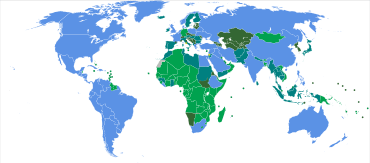
The following is a list of United Nations member states arranged in chronological order according to their dates of admission (with the United Nations Security Council resolutions that recommended their admission and the United Nations General Assembly resolutions that admitted them, signified with SCR and GAR, respectively),[2] including former members. Members denoted with "→" changed their names, had their memberships in the UN continued by a successor state, merged with other members, or were dissolved.
Timeline of Enlargement of the United Nations
1940s
1945 (original members)
The UN officially came into existence on 24 October 1945, after ratification of the United Nations Charter by the five permanent members of the United Nations Security Council (China, France, the Soviet Union, the United Kingdom, and the United States) and a majority of the other signatories.[3] A total of 51 original members (or founding members) joined that year; 50 of them signed the Charter at the United Nations Conference on International Organization in San Francisco on 26 June 1945, while Poland, which was not represented at the conference, signed it on 15 October 1945.[4]
24 October 1945

- Belarus (seat held by the
.svg.png)
.svg.png)
.svg.png)
.svg.png)

.svg.png)
.svg.png)
.svg.png)


- China (seat held by the



.svg.png)








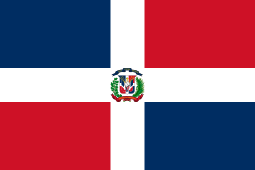
.svg.png)



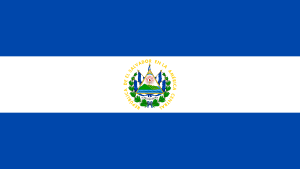
- France (seat held by the

.svg.png)

.svg.png)
.svg.png)
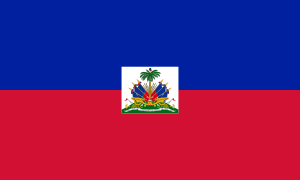
.svg.png)
.svg.png)





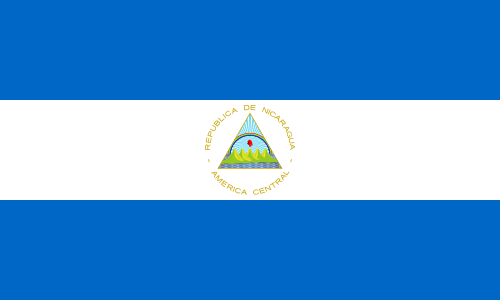
.svg.png)
.svg.png)
.svg.png)
.svg.png)
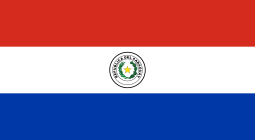
.svg.png)
.svg.png)
.svg.png)
.svg.png)

.svg.png)
.svg.png)
.svg.png)

.svg.png)

.svg.png)


.svg.png)

.svg.png)




- Ukraine (seat held by the
.svg.png)
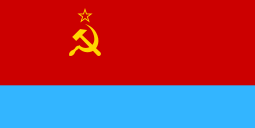



.svg.png)
.svg.png)

.svg.png)
.svg.png)
.svg.png)
%3B_Flag_of_Serbia_and_Montenegro_(2003%E2%80%932006).svg.png)


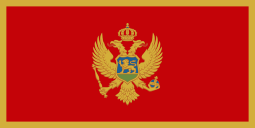
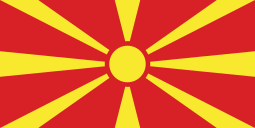


25 October 1945
30 October 1945
31 October 1945
1 November 1945
2 November 1945
5 November 1945
7 November 1945
9 November 1945
.svg.png)
.svg.png)
.svg.png)
13 November 1945
.svg.png)
.svg.png)
.svg.png)
.svg.png)
.svg.png)
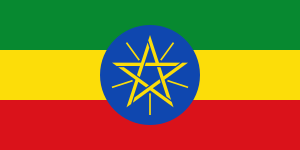
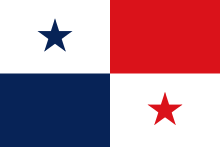
14 November 1945
15 November 1945
21 November 1945
27 November 1945
10 December 1945
17 December 1945
18 December 1945
21 December 1945
.svg.png)
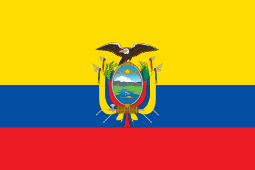
.svg.png)
.svg.png)
.svg.png)

27 December 1945
1946
19 November 1946 (all by SCR 8 and GAR 34)
.svg.png)
.svg.png)
.svg.png)
.svg.png)
.svg.png)
.svg.png)

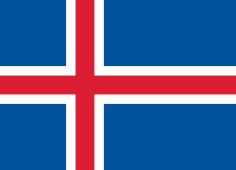

16 December 1946
1947
30 September 1947 (all by SCR 29 and GAR 108)





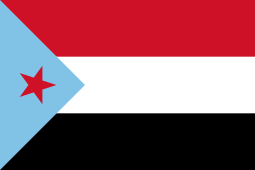
1948
19 April 1948
.svg.png)
.svg.png)
.svg.png)

1950s
1955
14 December 1955 (all by SCR 109 and GAR 995)
.svg.png)


.svg.png)
.svg.png)
.svg.png)


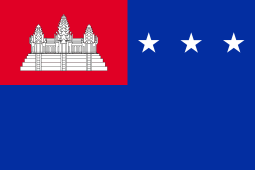



.svg.png)
.svg.png)
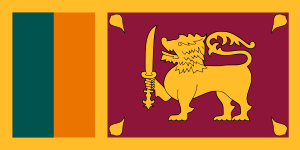

.svg.png)





.svg.png)
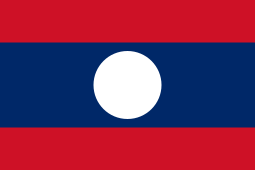
.svg.png)
.svg.png)
.svg.png)
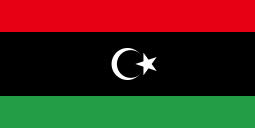




.svg.png)
.svg.png)

.svg.png)
.svg.png)

1956
12 November 1956
.svg.png)


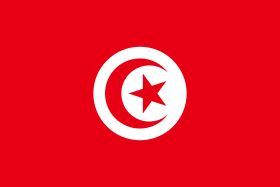
18 December 1956
1957
8 March 1957
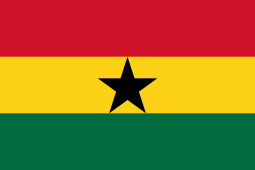

.svg.png)

17 September 1957
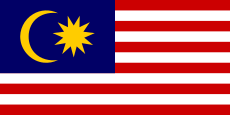

1960s
1960
20 September 1960
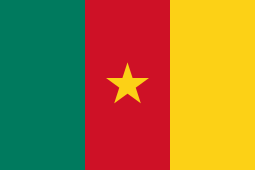
.svg.png)

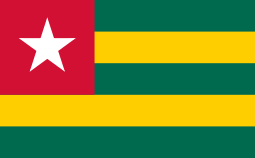
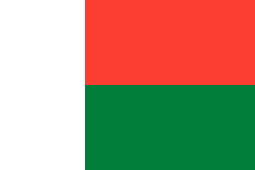

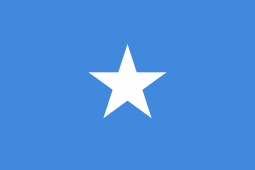
.svg.png)
.svg.png)
.svg.png)
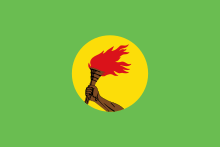
.svg.png)
.svg.png)
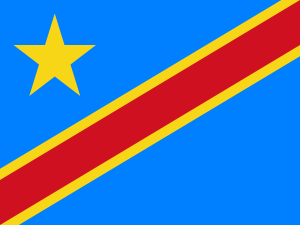
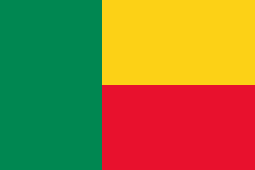
.svg.png)

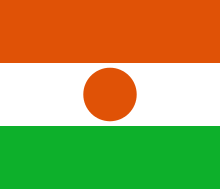

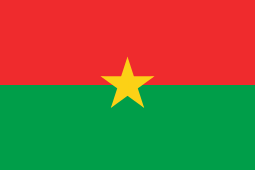
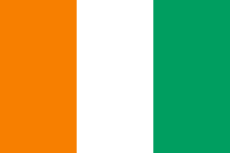

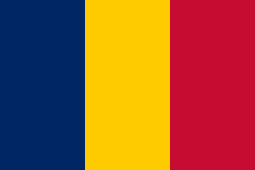
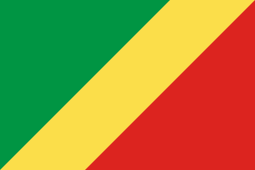
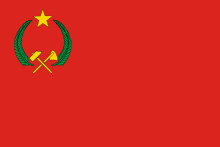

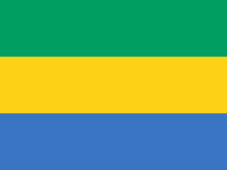
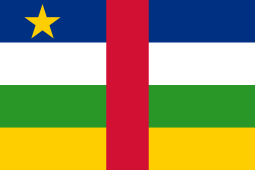


.svg.png)

28 September 1960
7 October 1960
1961
27 September 1961

27 October 1961
.svg.png)
.svg.png)
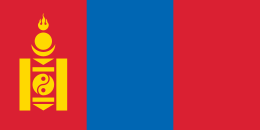
.svg.png)
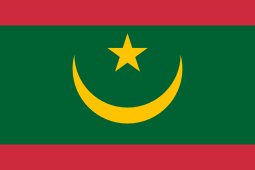
14 December 1961
.svg.png)
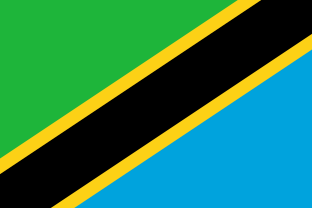

1962
18 September 1962
.svg.png)
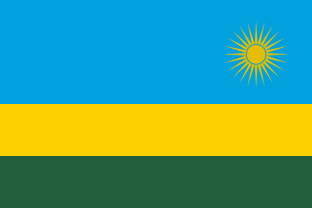
.svg.png)
.svg.png)
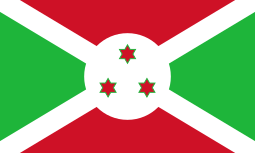
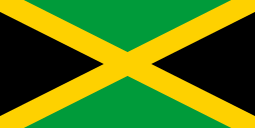
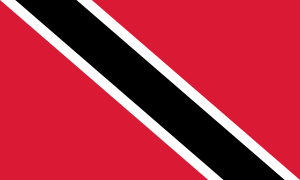

8 October 1962
25 October 1962
1963
14 May 1963
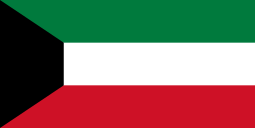
16 December 1963
.svg.png)
.svg.png)
.svg.png)
.svg.png)

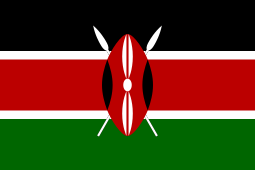
1964
1 December 1964
1965
20 January 1965
21 September 1965
1966
20 September 1966
28 September 1966
17 October 1966
9 December 1966
1967
14 December 1967



1970s
1971
21 September 1971
7 October 1971
25 October 1971
- China's seat at the United Nations transferred from the Republic of China to the People's Republic of China. (GAR 2758)[H]
9 December 1971

1973
18 September 1973


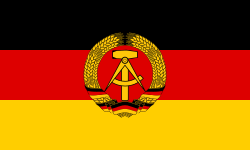



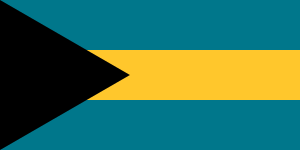
1974
17 September 1974

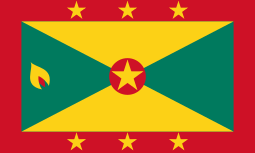
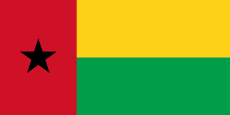
1975
16 September 1975
.svg.png)

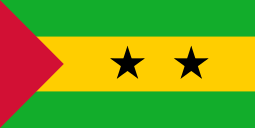
.svg.png)
.svg.png)
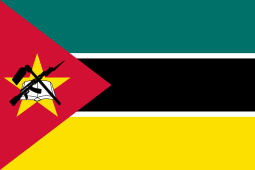

10 October 1975
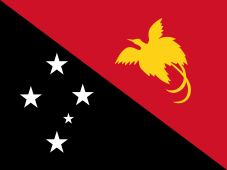
12 November 1975
.svg.png)
.svg.png)
.svg.png)
.svg.png)
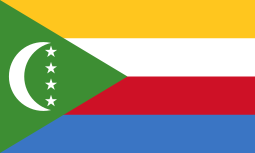
4 December 1975
1976
21 September 1976
.svg.png)
.svg.png)
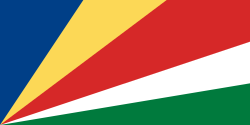
1 December 1976
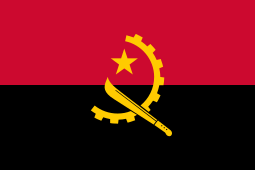

15 December 1976
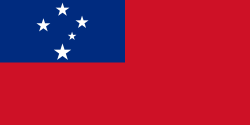

1980s
1990s
1991
24 August 1991


17 September 1991
.svg.png)

.svg.png)
.svg.png)

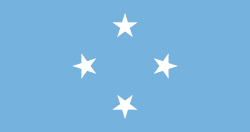

.svg.png)
.svg.png)



.svg.png)

1992
2 March 1992
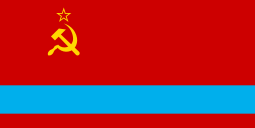
.svg.png)


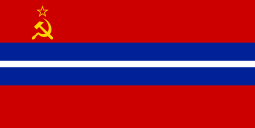
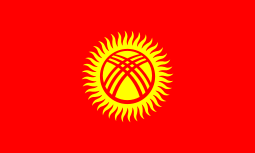
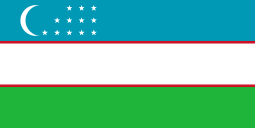
.svg.png)
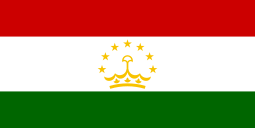
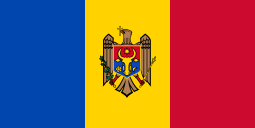
.svg.png)
.svg.png)
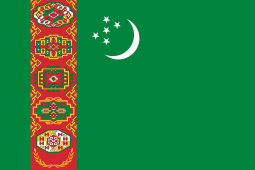

.svg.png)

22 May 1992


.svg.png)

31 July 1992
1993
19 January 1993


8 April 1993
.svg.png)


28 May 1993
28 July 1993
1999
14 September 1999
2000s
2000
5 September 2000
1 November 2000
%3B_Flag_of_Serbia_and_Montenegro_(2003%E2%80%932006).svg.png)
%3B_Flag_of_Serbia_and_Montenegro_(2003%E2%80%932006).svg.png)
.svg.png)

2002
10 September 2002

27 September 2002

2010s
Summary
Below is a summary of the growth in UN membership.[5]
| Year | # of admissions | # of members |
|---|---|---|
| 1945 | 51 | 51 |
| 1946 | 4 | 55 |
| 1947 | 2 | 57 |
| 1948 | 1 | 58 |
| 1949 | 1 | 59 |
| 1950 | 1 | 60 |
| 1951–1954 | 0 | 60 |
| 1955 | 16 | 76 |
| 1956 | 4 | 80 |
| 1957 | 2 | 82 |
| 1958 | 1 | 82[A] |
| 1959 | 0 | 82 |
| 1960 | 17 | 99 |
| 1961 | 4 | 104[A] |
| 1962 | 6 | 110 |
| 1963 | 3 | 113 |
| 1964 | 3 | 115[B] |
| 1965 | 3 | 117[C] |
| 1966 | 4 | 122[C] |
| 1967 | 1 | 123 |
| 1968 | 3 | 126 |
| 1969 | 0 | 126 |
| 1970 | 1 | 127 |
| 1971 | 5 | 132 |
| 1972 | 0 | 132 |
| 1973 | 3 | 135 |
| 1974 | 3 | 138 |
| 1975 | 6 | 144 |
| 1976 | 3 | 147 |
| 1977 | 2 | 149 |
| 1978 | 2 | 151 |
| 1979 | 1 | 152 |
| 1980 | 2 | 154 |
| 1981 | 3 | 157 |
| 1982 | 0 | 157 |
| 1983 | 1 | 158 |
| 1984 | 1 | 159 |
| 1985–1989 | 0 | 159 |
| 1990 | 2 | 159[D][E] |
| 1991 | 7 | 166 |
| 1992 | 13 | 179 |
| 1993 | 6 | 184[F] |
| 1994 | 1 | 185 |
| 1995–1998 | 0 | 185 |
| 1999 | 3 | 188 |
| 2000 | 2 | 189[G] |
| 2001 | 0 | 189 |
| 2002 | 2 | 191 |
| 2003–2005 | 0 | 191 |
| 2006 | 1 | 192 |
| 2007–2010 | 0 | 192 |
| 2011 | 1 | 193 |
| 2012–present | 0 | 193 |
See also
- Enlargement of the African Union and enlargement of the European Union
- Holy See of Vatican City and State of Palestine in the Palestinian territories, the two UN observer states
- Sovereign Military Order of Malta
- Abkhazia, Republic of Artsakh, the Republic of China on Taiwan, Kosovo, Northern Cyprus, Somaliland, South Ossetia, Transnistria, and Western Sahara's Sahrawi Arab Democratic Republic
- List of sovereign states
- Member states of the United Nations
Notes
- ^ a b c d e Egypt and Syria merged to form the United Arab Republic on 22 February 1958. They resumed as separate UN members on 13 October 1961 after Syria resumed its status as an independent state.
- ^ a b c Tanganyika and Zanzibar merged to form the United Republic of Tanganyika and Zanzibar on 26 April 1964, which later changed its name to the United Republic of Tanzania.
- ^ a b c d e Indonesia temporarily withdrew from the UN on 20 January 1965. It announced its intention "to resume full cooperation with the United Nations and to resume participation in its activities" on 19 September 1966, and was invited to rejoin the UN on 28 September 1966.
- ^ a b c Yemen and Democratic Yemen merged on 22 May 1990, see Yemeni unification for details.
- ^ a b c The German Democratic Republic acceded to the Federal Republic of Germany on 3 October 1990, see German reunification for details.
- ^ a b Czechoslovakia ceased to be a UN member on 1 January 1993 after its dissolution into the Czech Republic and Slovakia, see Dissolution of Czechoslovakia for details.
- ^ a b Yugoslavia (referring to the Socialist Federal Republic of Yugoslavia), effectively dissolved by 1992, was removed from the official roster of UN members in 2000 following the admission of Bosnia and Herzegovina, Croatia, Slovenia, Macedonia, and the Federal Republic of Yugoslavia (name later changed to Serbia and Montenegro) as new UN members. For details see Breakup of Yugoslavia and Yugoslav Wars.
- ^ a b c China, officially known then as the Republic of China was a founding member of the UN in 1945. However, in 1949, the Republic of China government led by the Kuomintang (KMT) lost the Chinese Civil War to the Communist Party of China (CPC) and set up a provisional capital in Taipei. The CPC established the People's Republic. As such, the political status of the ROC and the legal status of Taiwan (alongside the territories currently under ROC jurisdiction) are in dispute. In 1971, the United Nations gave the China seat to the PRC instead of the ROC. See China and the United Nations for details.
References
- "What are Member States?". United Nations.
- "Current Member States". United Nations.
- "History of the United Nations". United Nations.
- "Founding Member States". United Nations.
- "Growth in United Nations membership, 1945–present". United Nations. Archived from the original on 12 July 2014.